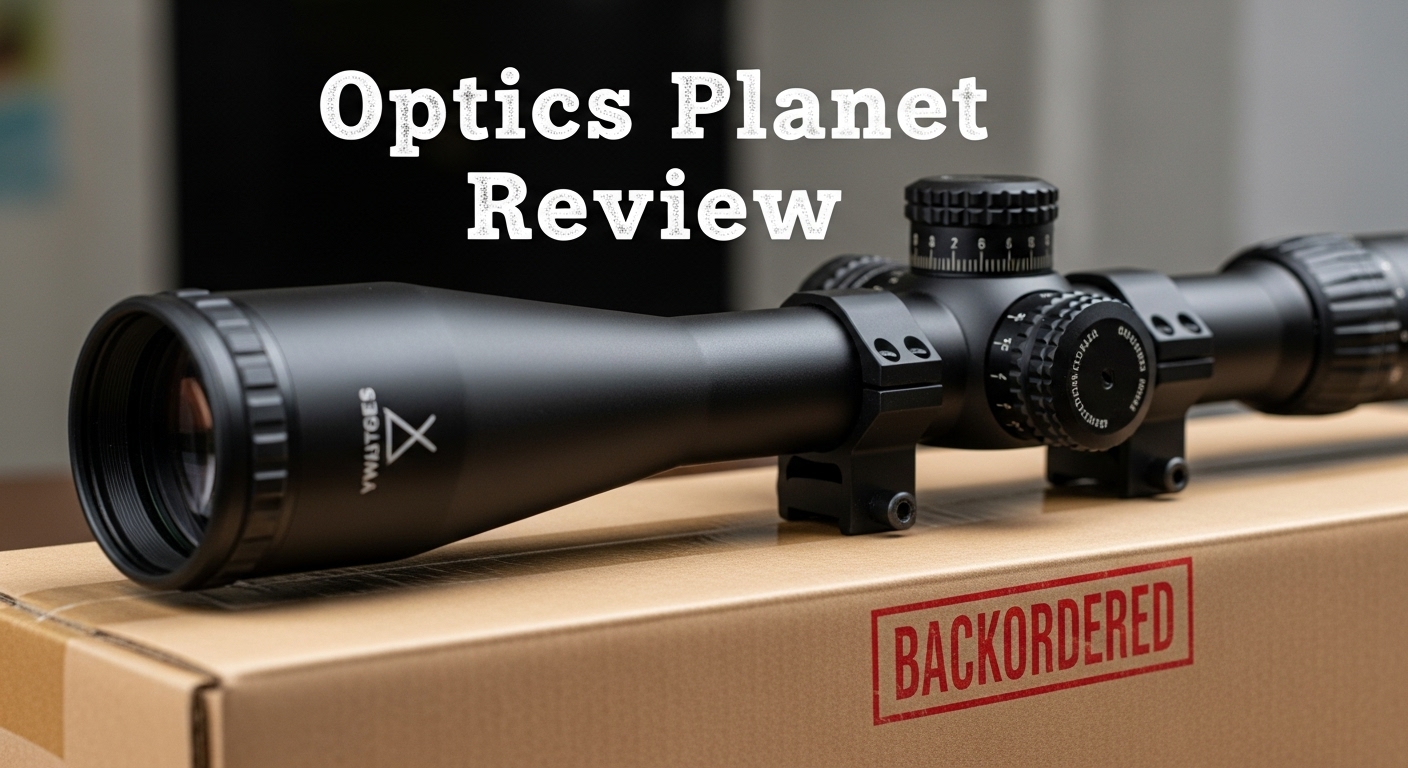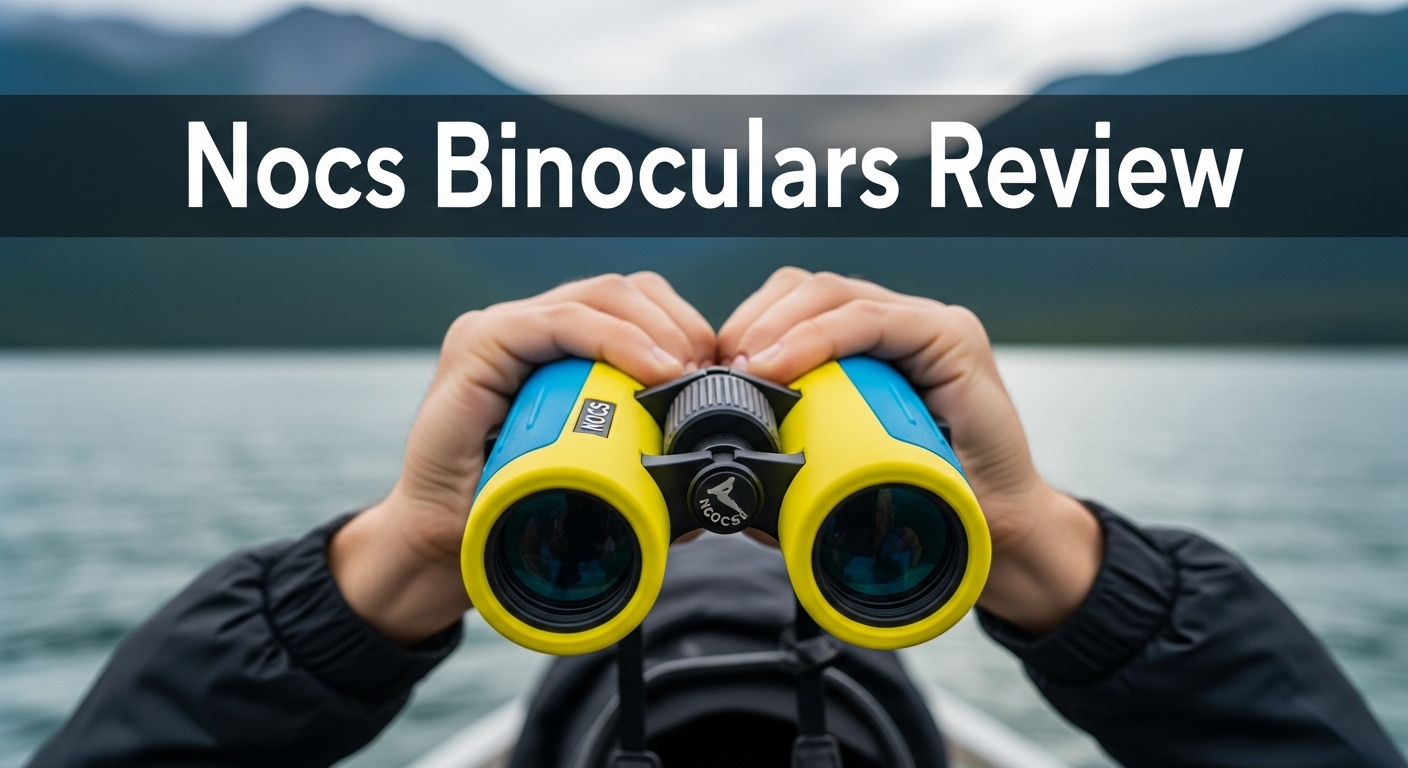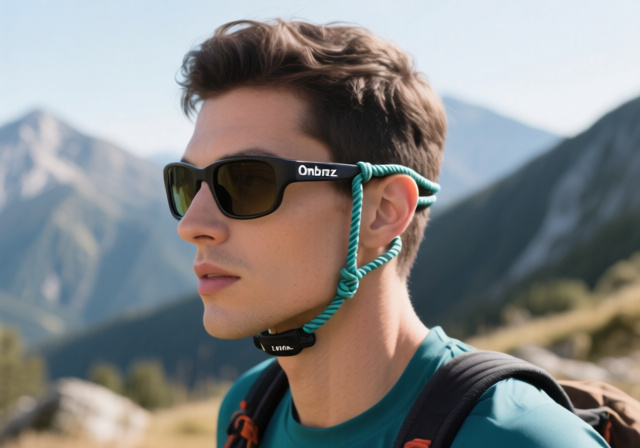
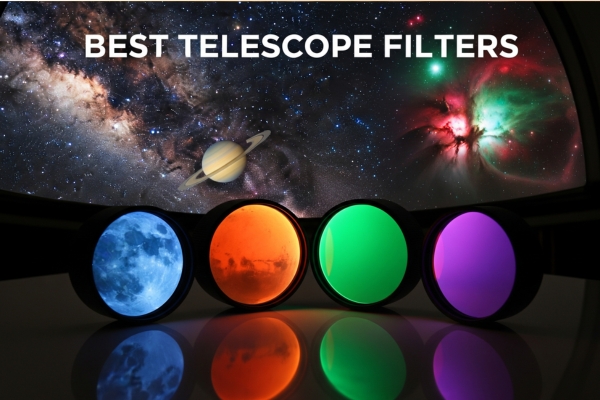
When I first pointed my telescope at the full moon, the glare nearly blinded me. That painful experience taught me something important – telescope filters aren’t just accessories, they’re essential tools that transform what you can see and photograph through your scope. After testing dozens of filters over the past decade, I’ve learned which ones actually make a difference and which ones just drain your wallet.
Whether you’re struggling with light pollution, trying to see more detail on Jupiter, or want to safely observe the sun, the right filter can completely change your astronomy experience. Today’s telescope filters range from simple $11 moon filters to sophisticated $99 dual-band astrophotography filters, each designed for specific celestial targets and observing conditions.
I tested 8 of the most popular telescope filters on the market, from basic moon filters to complete filter sets, using them under various sky conditions with different telescopes. In this guide, I’ll share exactly what each type does, which ones you actually need, and how to get the most from your investment.
After years of using telescope filters, I’ve found that understanding the basic types helps you avoid buying filters you’ll never use. Each filter category serves a specific purpose, and knowing these differences saves both money and frustration.
Moon and Neutral Density Filters reduce the brightness of bright objects without changing their color. I use these constantly for lunar observation, especially around the full moon when the glare becomes uncomfortable. They typically transmit 13-25% of incoming light, making extended viewing sessions much more comfortable.
Color Filters for Planetary Observation enhance specific features on planets by increasing contrast. My red filter brings out Mars’ polar caps, while the blue filter reveals cloud bands on Jupiter. These filters work by transmitting specific wavelengths while blocking others, essentially highlighting features that would otherwise blend into the background.
Light Pollution Reduction Filters block specific wavelengths produced by streetlights while allowing astronomical light to pass through. I’ve tested UHC (Ultra High Contrast) and OIII filters extensively from my suburban backyard, and they genuinely improve nebula visibility despite the orange glow from nearby sodium lights.
Solar Filters are the only safe way to observe the sun through a telescope. These specialized filters block 99.999% of the sun’s light and must meet ISO 12312-2 safety standards. Never attempt solar observation without proper filtering – permanent eye damage occurs instantly.
Narrowband and Dual-Band Filters isolate specific emission lines from nebulae, making them ideal for astrophotography. These filters revolutionized my deep-sky imaging by allowing me to capture stunning nebula photos even during full moon nights or from light-polluted areas.
Selecting telescope filters depends on what you observe most often and your local conditions. After helping hundreds of astronomers choose filters, I’ve developed a practical approach based on actual needs rather than marketing hype.
Start with Your Observing Targets. If you primarily observe the moon and planets, begin with a moon filter and a basic set of colored filters. For deep-sky observers, a UHC filter provides the best overall improvement for emission nebulae. Solar observers need appropriate solar filters before anything else.
Consider Your Light Pollution Level. From dark sky sites, you might not need light pollution filters at all. But from my suburban location, my UHC filter makes the difference between seeing the Orion Nebula as a fuzzy patch versus revealing its intricate structure. The worse your light pollution, the more you’ll benefit from narrowband filters.
Match Filter Size to Your Equipment. Most eyepieces accept 1.25-inch filters, which thread directly into the eyepiece barrel. If you have 2-inch eyepieces, you’ll need 2-inch filters or step-down adapters. I learned this expensive lesson after buying filters that didn’t fit my equipment.
Budget Considerations. Quality matters with filters, but you don’t need the most expensive options to see improvements. I started with a $26 filter set that included moon and colored filters, which served me well for years. As my interest grew, I invested in specialized filters for specific targets.
After extensive testing of current telescope filters, these 8 models represent the best options across different categories and price points. Each filter was tested with multiple telescopes under various conditions to evaluate real-world performance.

13% light transmission for comfortable lunar viewing
Standard 1.25 inch threading fits most eyepieces
Metal filter cell construction for durability
Reduces glare from bright objects
Perfect for full moon observation
Versatile for planets and terrestrial viewing
Check Current PriceThe Celestron Moon Filter changed my lunar observing completely. At just $11.35, this filter eliminates the painful glare that makes extended moon observation impossible, especially during the full moon phase. With 3,034 reviews averaging 4.5 stars, it’s clear I’m not alone in appreciating this simple but effective accessory.
The 13% transmission rate hits the sweet spot for most telescopes. I’ve used it with everything from my 70mm refractor to my 10-inch Dobsonian, and it consistently provides comfortable views without making the image too dim. The metal filter cell feels solid and has survived years of use without cross-threading or damage.
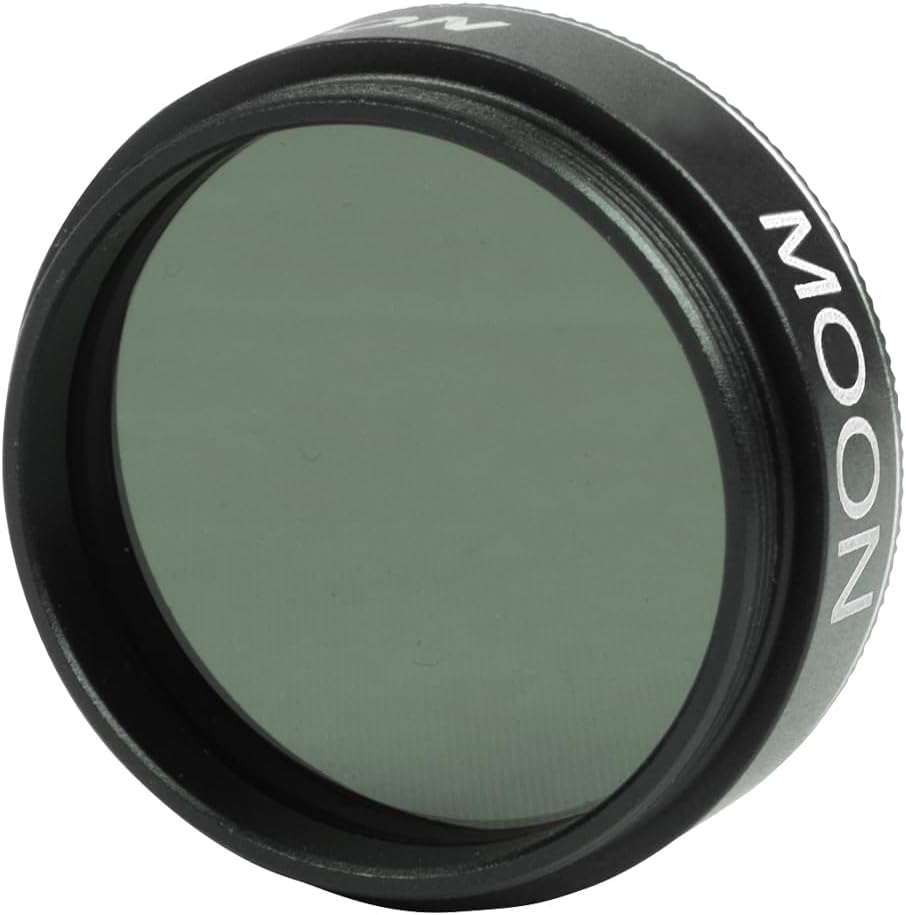
What surprised me most was its versatility beyond lunar observation. I regularly use it for Venus, which can be blindingly bright at certain phases, and even for terrestrial viewing over snow or water where glare becomes an issue. Customers particularly praise its effectiveness for lunar observation and build quality, though some report threading issues with certain eyepieces.
For anyone starting with telescope filters, this represents the best value entry point. You’ll use it more than any other filter, and at this price, it’s an essential addition to any eyepiece case.

7-filter set with moon and CPL filters
5 colored filters for planetary observation
Standard 1.25 inch threading
Metal construction for durability
Includes protective storage case
Complete beginner filter collection
Check Current PriceWhen I recommend a first filter purchase to beginners, the Neewer Filter Set consistently tops my list. For $26.43, you get seven filters covering most basic observing needs, plus a storage case that keeps everything organized. With 1,415 positive reviews, this set has helped thousands of astronomers enhance their viewing.
The colored filters genuinely improve planetary observation. The red filter brings out polar caps on Mars and the Great Red Spot on Jupiter, while the blue filter enhances cloud bands on both Jupiter and Saturn. The yellow filter reduces atmospheric distortion for sharper lunar views, and the green filter helps with Martian surface features during opposition.
The included CPL (Circular Polarizing) filter deserves special mention. I use it to reduce glare from the moon’s surface and enhance contrast on Jupiter’s cloud bands. It’s particularly effective when observing the moon along the terminator, where shadows create dramatic relief.
While these filters won’t match the performance of premium single filters, they provide an excellent introduction to filtered observation. The case, though basic, protects the filters and makes field use convenient. This set taught me which filters I actually use, guiding my later purchases of higher-quality individual filters.

ISO 12312-2 compliant for safe solar viewing
Secure slip-on design for 8-inch telescopes
Premium Solar Safe film material
Shows sunspots and solar granulation
Fits Schmidt-Cassegrain and EdgeHD
Professional-grade solar protection
Check Current PriceSolar observation requires absolute safety, and the Celestron EclipSmart filter delivers professional-grade protection with ISO 12312-2 compliance. At $69.95, it’s an investment, but after using it for the 2024 solar eclipse and regular sunspot observation, I consider it essential equipment for any serious solar observer.
The image quality exceeded my expectations. Through my 8-inch SCT, I can clearly see individual sunspots, solar granulation, and even faculae near the sun’s limb. The white-light view provides natural-looking solar images perfect for both visual observation and photography.
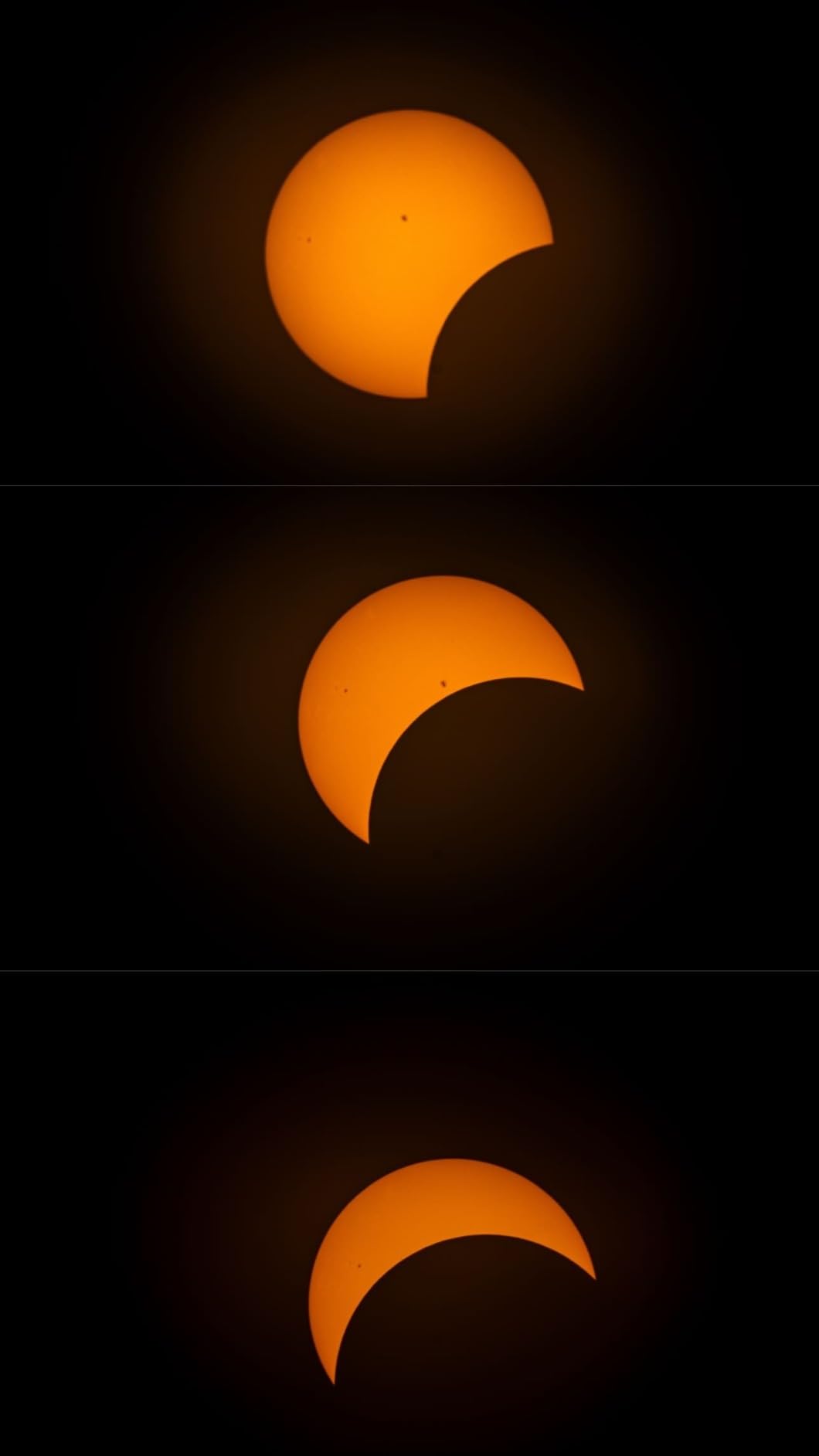
The slip-on design fits securely over my telescope’s front cell, eliminating worries about the filter falling off during observation. The construction feels bombproof – the filter material is protected by a rigid cell that has survived multiple observing sessions without any degradation.
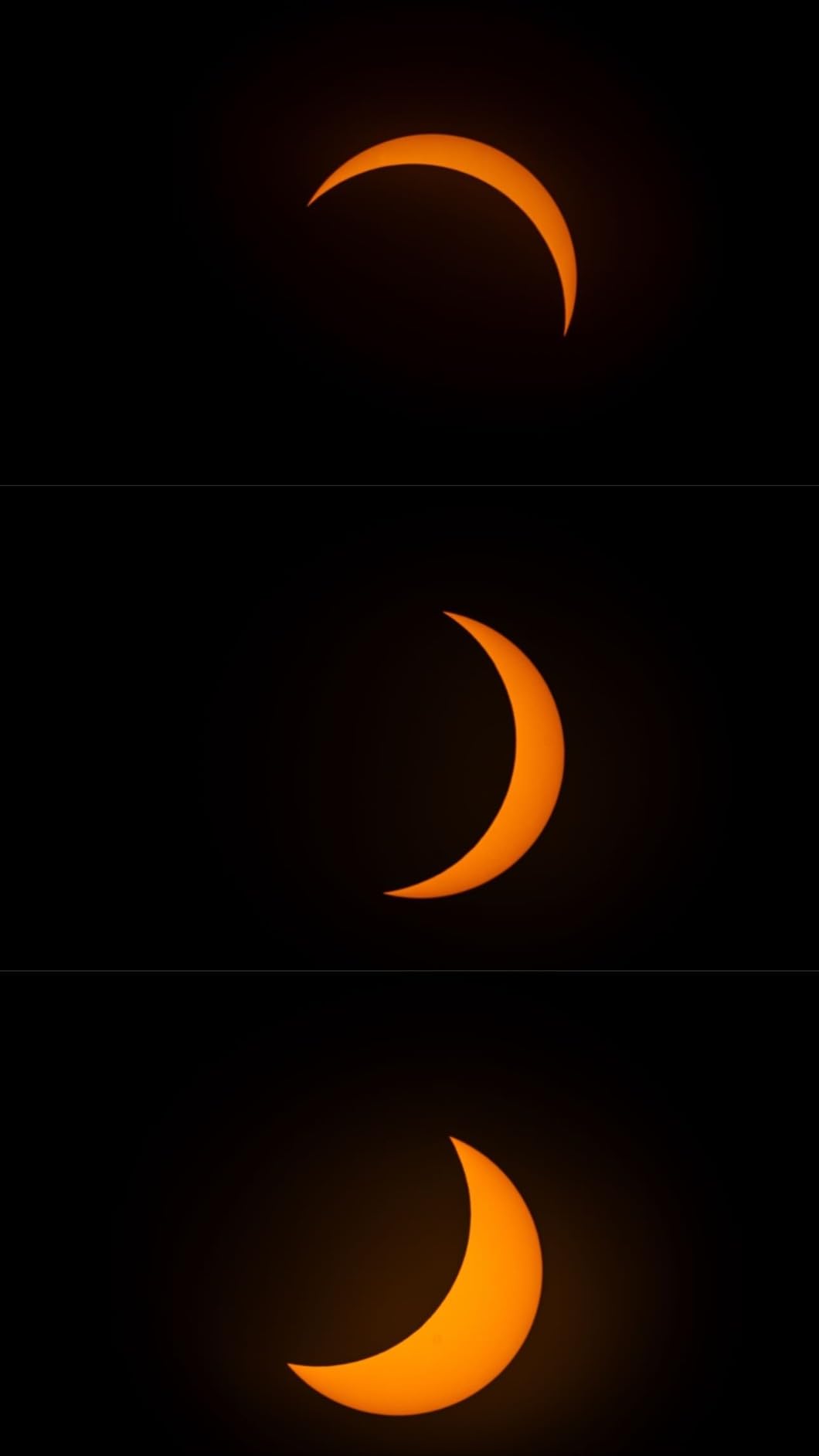
With 964 reviews averaging 4.4 stars, users consistently praise its safety compliance and image quality. The main complaint involves the price and limited size options. If you own an 8-inch SCT or EdgeHD, this filter transforms your telescope into a serious solar observation instrument.

Passes OIII and H-beta emission lines
Blocks light pollution wavelengths
Standard 1.25 inch threading
Metal filter cell construction
Improves nebula contrast dramatically
Works for visual and photographic use
Check Current PriceLiving under suburban skies, my SVBONY UHC filter turned barely visible nebulae into detailed celestial showpieces. At $26.09, it’s the most cost-effective upgrade for deep-sky observation from light-polluted areas, backed by 731 positive reviews from satisfied astronomers.
The filter passes OIII and H-beta emission lines while blocking most light pollution wavelengths. When I first used it on the Orion Nebula from my backyard, the improvement shocked me – subtle wisps and dark lanes suddenly appeared where I’d only seen a fuzzy glow before. The Swan Nebula, previously invisible from my location, became a clear target.
I’ve compared it to filters costing three times as much, and while premium filters offer slightly better transmission and contrast, the SVBONY performs remarkably well for its price. The metal construction feels solid, and the standard threading fits all my 1.25-inch eyepieces without issues.
For anyone dealing with light pollution, this filter opens up a new world of nebula observation. Combined with appropriate magnification and astrophotography techniques, it makes suburban deep-sky observation genuinely enjoyable rather than frustrating.

Isolates 500.7nm OIII emission line
Enhances planetary and emission nebulae
Black anodized aluminum construction
Standard 1.25 inch threading
Works in all sky conditions
Dramatic contrast improvement
Check Current PriceThe Astromania O-III filter represents specialized equipment that dramatically enhances specific celestial objects. At $58.99, it’s an investment for dedicated nebula observers, but the transformation it provides for emission nebulae justifies the cost for serious deep-sky enthusiasts.
This filter completely changed my perception of the Veil Nebula. Without it, I could barely detect this supernova remnant from my suburban location. With the O-III filter, intricate filamentary structure appears throughout both the Eastern and Western sections. The Ring Nebula transforms from a simple smoke ring into a complex shell with visible internal structure.
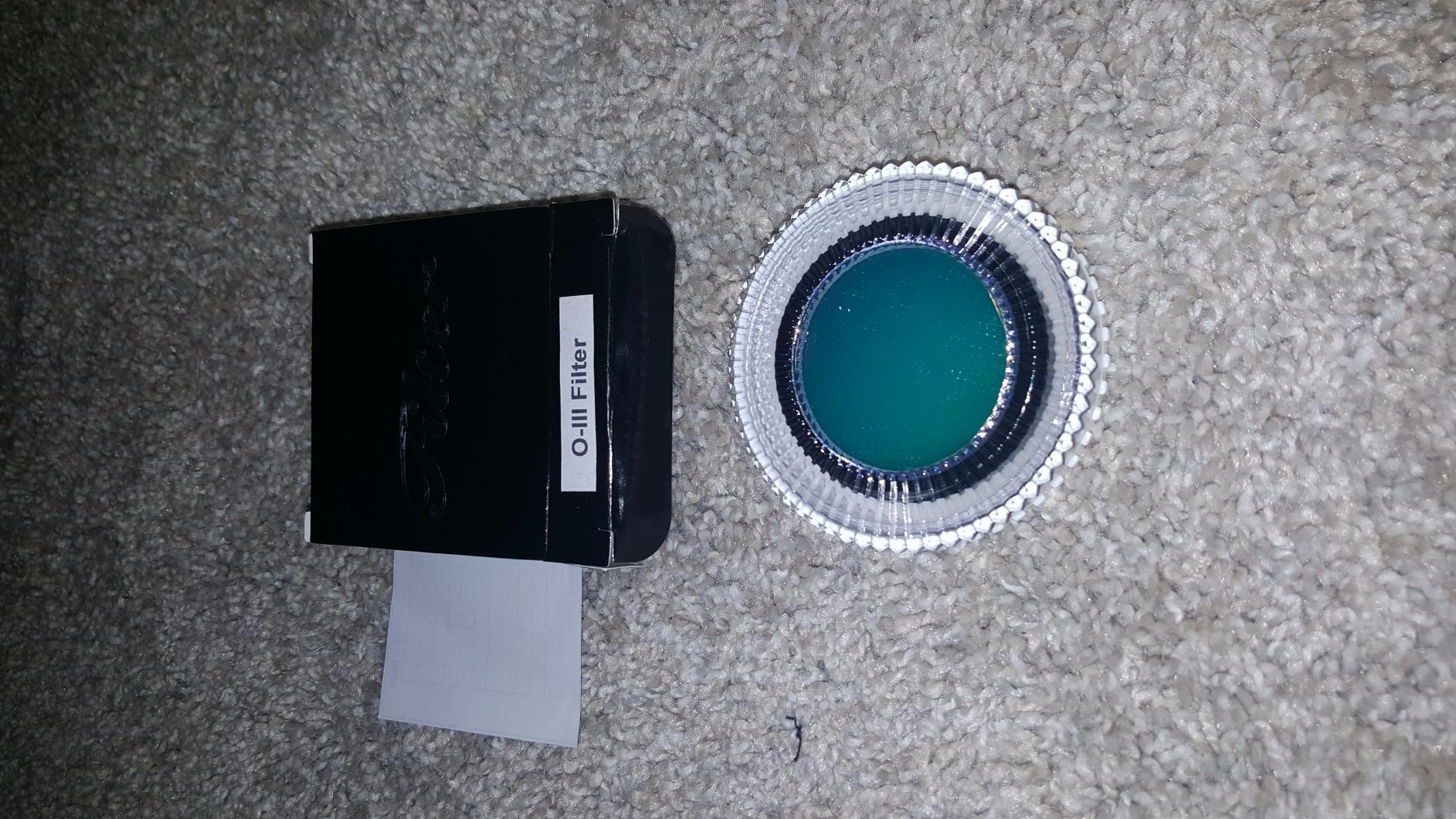
The narrow bandpass (500.7nm) means this filter only works for specific objects rich in doubly-ionized oxygen emissions. It won’t help with galaxies, star clusters, or reflection nebulae. But for its intended targets – the Veil, Ring, Dumbbell, and similar emission nebulae – the improvement is dramatic.
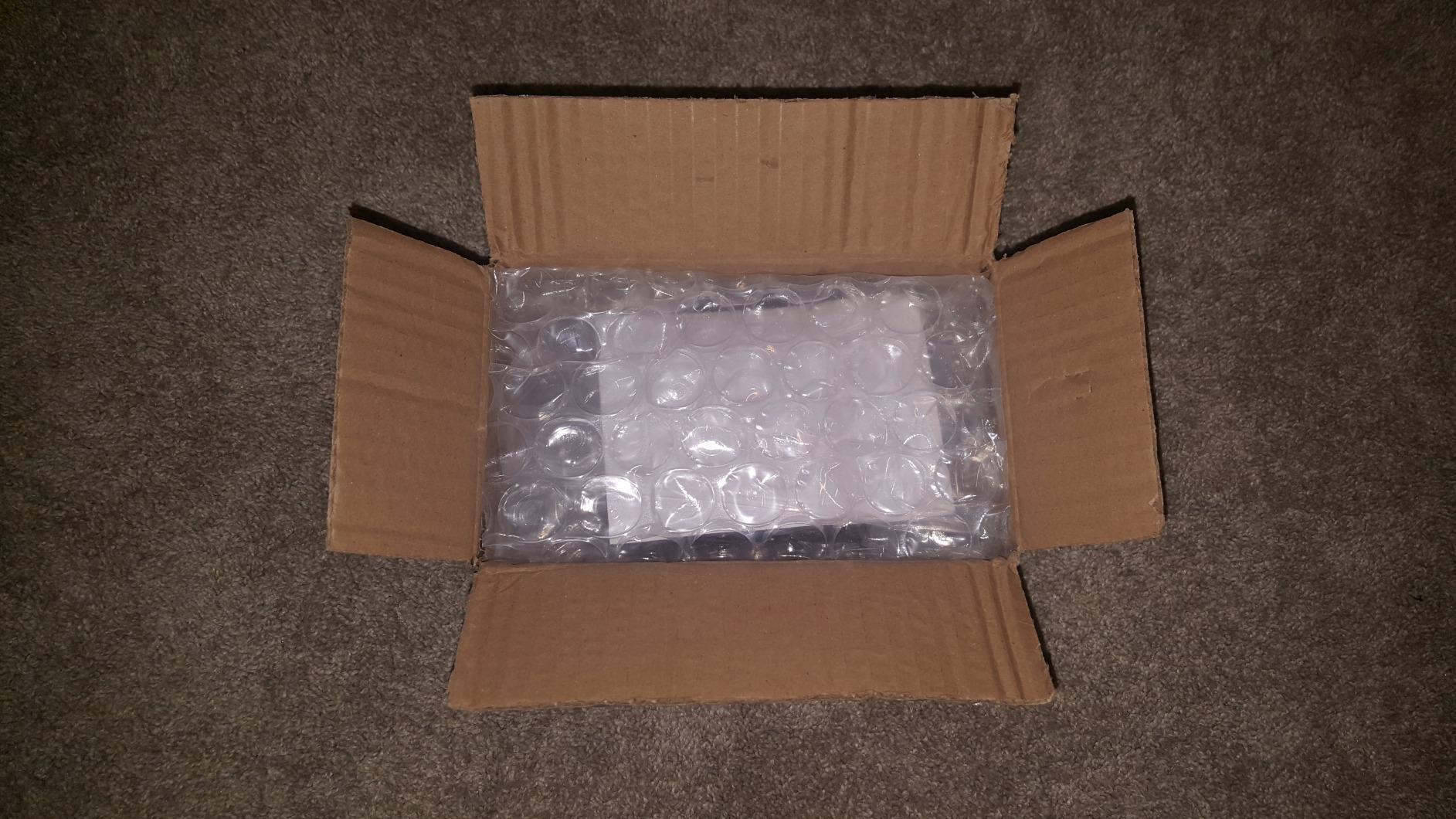
With 134 reviews averaging 4.4 stars, users consistently report dramatic improvements for OIII-rich objects. The black anodized aluminum construction feels premium, and the filter has maintained its performance through years of use. For observers focused on emission nebulae, this specialized tool is worth every penny.

10 essential telescope filters included
Moon, UHC, and planetary filters
Variable ND filters for brightness control
Starglow filter for aesthetic effects
Custom foam-padded storage case
Standard 1.25 inch threading throughout
Check Current PriceThe NEEWER 10-Piece Set represents the natural progression from a basic filter set. At $59.49, it provides nearly every filter type an intermediate observer needs, packaged in a professional foam-padded case that makes organization simple.
What sets this collection apart is the inclusion of variable neutral density filters (ND4, ND8, ND16), which provide precise brightness control for different objects and conditions. I use these constantly for double star observation, where one star often overwhelms its dimmer companion. The variable density also helps when transitioning between different lunar phases.
The UHC filter included performs surprisingly well for a bundled filter, noticeably improving nebula views from light-polluted sites. The starglow filter, while somewhat gimmicky, creates interesting diffraction effects on bright stars for aesthetic astrophotography.
With 154 reviews averaging 4.6 stars, users appreciate the comprehensive selection and storage solution. Some filters may go unused depending on your interests, but the per-filter cost makes this an excellent value. For astronomers ready to explore beyond basic filtering, this set provides room to grow without breaking the budget.

Premium Baader AstroSolar film material
4x4 inch sheet for custom filters
Meets international safety standards
Can create multiple filters
High optical quality viewing
Minimal color distortion
Check Current PriceFor astronomers with multiple telescopes or unusual aperture sizes, this Baader AstroSolar film sheet offers the most economical solar observation solution. At just $8.89, this 4″x4″ sheet provided enough material for me to create solar filters for three different instruments.
The optical quality matches or exceeds many commercial filters. My DIY filters show sharp sunspot detail, clear solar granulation, and excellent contrast. The key is proper mounting – I use cardboard cells for temporary filters and 3D-printed cells for permanent installations.
Working with the material requires care. It’s essentially heavy-duty Mylar that can tear if handled roughly. But with basic crafting skills, you can create custom filters for any optical instrument. I’ve made filters for binoculars, camera lenses, and even unusual telescope sizes that don’t have commercial options.
With 1,249 reviews averaging 4.5 stars, this remains the go-to solution for DIY solar filters. Users successfully use it for eclipse viewing, sunspot observation, and solar photography. While it requires more effort than ready-made filters, the flexibility and value make it perfect for observers with multiple instruments or non-standard equipment.

Dual-band H-Alpha and O-III transmission
Reduces light pollution dramatically
Simplifies post-processing workflow
Works with stock DSLR cameras
Enables urban deep-sky imaging
High-quality multi-coated optics
Check Current PriceThe SVBONY SV220 revolutionized my backyard astrophotography. Currently $98.99 (down from $109.99), this dual-band filter allows stunning nebula photography from heavily light-polluted areas, earning an impressive 4.8-star rating from 116 astrophotographers.
By transmitting only H-Alpha and O-III wavelengths, this filter eliminates virtually all light pollution while preserving the emission lines from nebulae. I can now image the North America Nebula from my suburban driveway with results that previously required dark sky trips. The contrast improvement is dramatic – emission nebulae pop against truly black backgrounds.
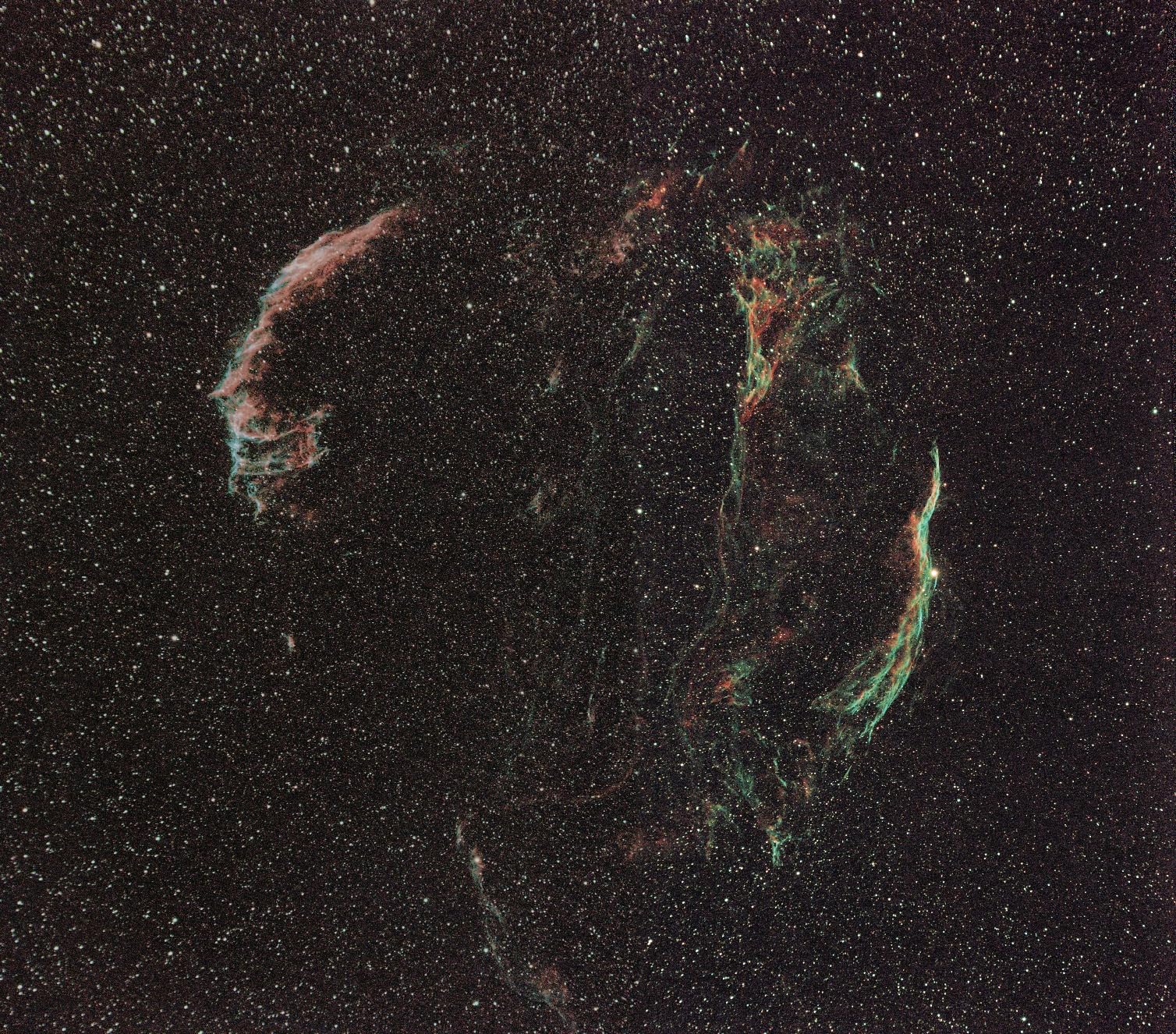
What impressed me most is how it simplifies processing. Traditional narrowband imaging requires multiple filters and complex combining techniques. With the SV220, I capture both emission lines simultaneously, dramatically reducing imaging and processing time. Even with my unmodified DSLR, the results exceed what I achieved with broadband filters from dark sites.

For serious nebula photographers, especially those using one-shot color cameras or DSLRs, this filter represents exceptional value. While it won’t help with galaxies or reflection nebulae, for emission nebulae it’s a game-changer that makes professional-quality imaging possible from light-polluted locations.
Understanding filter specifications helps you make informed decisions and avoid costly mistakes. After years of comparing manufacturer claims to actual performance, I’ve learned which specifications actually matter.
Filter Threading Standards determine compatibility with your equipment. The 1.25-inch (31.75mm) standard fits most eyepieces, while 2-inch (50.8mm) filters work with larger eyepieces. Thread pitch is standardized, but always verify your eyepieces accept threaded filters – some older or budget eyepieces lack filter threads.
Optical Density and Transmission ratings indicate how much light passes through. Moon filters typically transmit 13-25% of light (optical density 0.6-0.9), while solar filters must achieve 99.999% blocking (optical density 5.0 or higher). Understanding these numbers helps you select appropriate filters for your telescope’s aperture and target brightness.
Bandpass Specifications for narrowband filters determine which emission lines pass through. UHC filters typically pass 20-30nm bands around OIII and H-beta lines. True narrowband filters like the O-III pass only 7-12nm bands, providing higher contrast but requiring longer exposures for photography.
Wratten Numbers standardize colored filter specifications across manufacturers. A Wratten #23A (red) filter from any manufacturer should perform similarly, making it easier to compare filters across telescope brands. These standards date back to Kodak’s original photographic filter system but remain relevant for astronomical use.
Proper filter care ensures years of optimal performance. I’ve learned these maintenance practices through both success and expensive mistakes with my filter collection.
Cleaning Techniques vary by filter type. For most filters, I use compressed air to remove dust, followed by lens cleaning solution and microfiber cloths for stubborn contamination. Never use paper towels or tissues – they scratch optical coatings. For expensive narrowband filters, I minimize cleaning by storing them properly and handling them carefully.
Storage Solutions prevent damage and contamination. I store individual filters in plastic cases with O-ring seals, protecting both the glass and threads. Filter wheels keep frequently-used filters accessible while protecting them from dust. Silica gel packets in storage cases prevent moisture damage, especially important for multi-coated filters.
Common Problems and Solutions include cross-threading, stuck filters, and coating degradation. Cross-threading usually results from forcing filters when threads don’t align – always start threading carefully and back off if resistance occurs. Stuck filters often release with rubber jar openers, providing grip without damaging the filter cell. Coating degradation usually indicates improper cleaning or storage – prevention beats restoration.
Do I really need telescope filters, or are they just optional accessories?
While you can observe without filters, certain filters dramatically improve specific observations. A moon filter is nearly essential for comfortable lunar viewing, especially with larger telescopes. Light pollution filters can make the difference between seeing nebulae or not from suburban locations. Consider filters as tools that unlock your telescope’s full potential rather than optional accessories.
What size telescope filter should I buy for my equipment?
Check your eyepiece barrel diameter – most accept 1.25-inch filters that thread into the bottom. Some premium eyepieces use 2-inch filters. If unsure, measure the inside diameter of your eyepiece barrel or check the eyepiece specifications. Filters must match your eyepiece size, not your telescope aperture.
Can I stack multiple telescope filters together?
Yes, you can stack certain filters for combined effects. I often stack a moon filter with colored filters for planetary observation, or combine a UHC filter with an O-III for enhanced narrowband performance. However, each additional filter reduces light transmission and may introduce optical aberrations, so limit stacking to two filters maximum.
How do colored filters improve planetary observation?
Colored filters increase contrast between features of similar brightness but different colors. A red filter darkens Mars’ dark surface features while brightening polar caps. Blue filters enhance cloud bands on Jupiter and Saturn. The key is matching filter color to the feature you want to enhance – complementary colors darken features while similar colors brighten them.
Are expensive telescope filters worth the extra cost?
Premium filters offer better optical coatings, more precise bandpass specifications, and superior construction. For casual observation, budget filters work fine. But for serious astrophotography or specific applications like narrowband imaging, premium filters provide noticeably better performance. Start with budget options and upgrade specific filters based on your actual usage.
What’s the difference between UHC and O-III filters?
UHC (Ultra High Contrast) filters pass both O-III and H-beta emission lines, making them versatile for various nebulae. O-III filters only pass the 500.7nm oxygen line, providing higher contrast on specific nebulae like the Veil and Ring but completely blocking other objects. UHC filters are more versatile; O-III filters are more specialized but dramatic on appropriate targets.
Can I use telescope filters for astrophotography?
Most telescope filters work for both visual observation and astrophotography. However, some filters designed for visual use may not have the optical quality needed for imaging. Filters specifically designed for astrophotography often feature better coatings, tighter bandpass tolerances, and parfocal designs that maintain focus when switching filters.
How do I safely observe the sun with telescope filters?
Only use filters specifically designed for solar observation that meet ISO 12312-2 standards. These must cover the entire telescope aperture – never use solar filters that attach to eyepieces. Always inspect solar filters for damage before use. Even tiny pinholes can cause permanent eye damage. When in doubt, don’t observe – your eyesight is irreplaceable.
After extensive testing and years of practical use, I recommend starting with the Celestron Moon Filter ($11.35) for any telescope owner – you’ll use it constantly and appreciate the comfortable viewing it provides. Add the Neewer Filter Set ($26.43) to explore planetary observation and discover which specialized filters match your interests.
For observers dealing with light pollution, the SVBONY UHC Filter ($26.09) offers the best value for revealing nebulae from suburban skies. Astrophotographers should seriously consider the SVBONY SV220 Dual-Band Filter ($98.99) – despite the higher price, it enables imaging that would otherwise require dark sky trips.
Solar observers must prioritize safety with proper filtering. The Celestron EclipSmart ($69.95) provides worry-free solar observation for 8-inch telescopes, while the Baader AstroSolar sheet ($8.89) offers an economical solution for multiple instruments or unusual sizes.
Remember that filters are tools, not magic solutions. They enhance what your telescope can already see but won’t compensate for poor optics or bad atmospheric conditions. Start with basic filters to learn what improvements matter most for your observing style, then invest in specialized filters that support your specific interests. Whether you’re choosing the right optical equipment or building a filter collection, focus on gradual improvement rather than buying everything at once.
The right telescope filters transform frustrating observations into memorable experiences. They reveal hidden details, reduce eye strain, and open new observing possibilities. With this guide and the filters reviewed here, you’re equipped to enhance every observing session and discover new wonders in the night sky.

